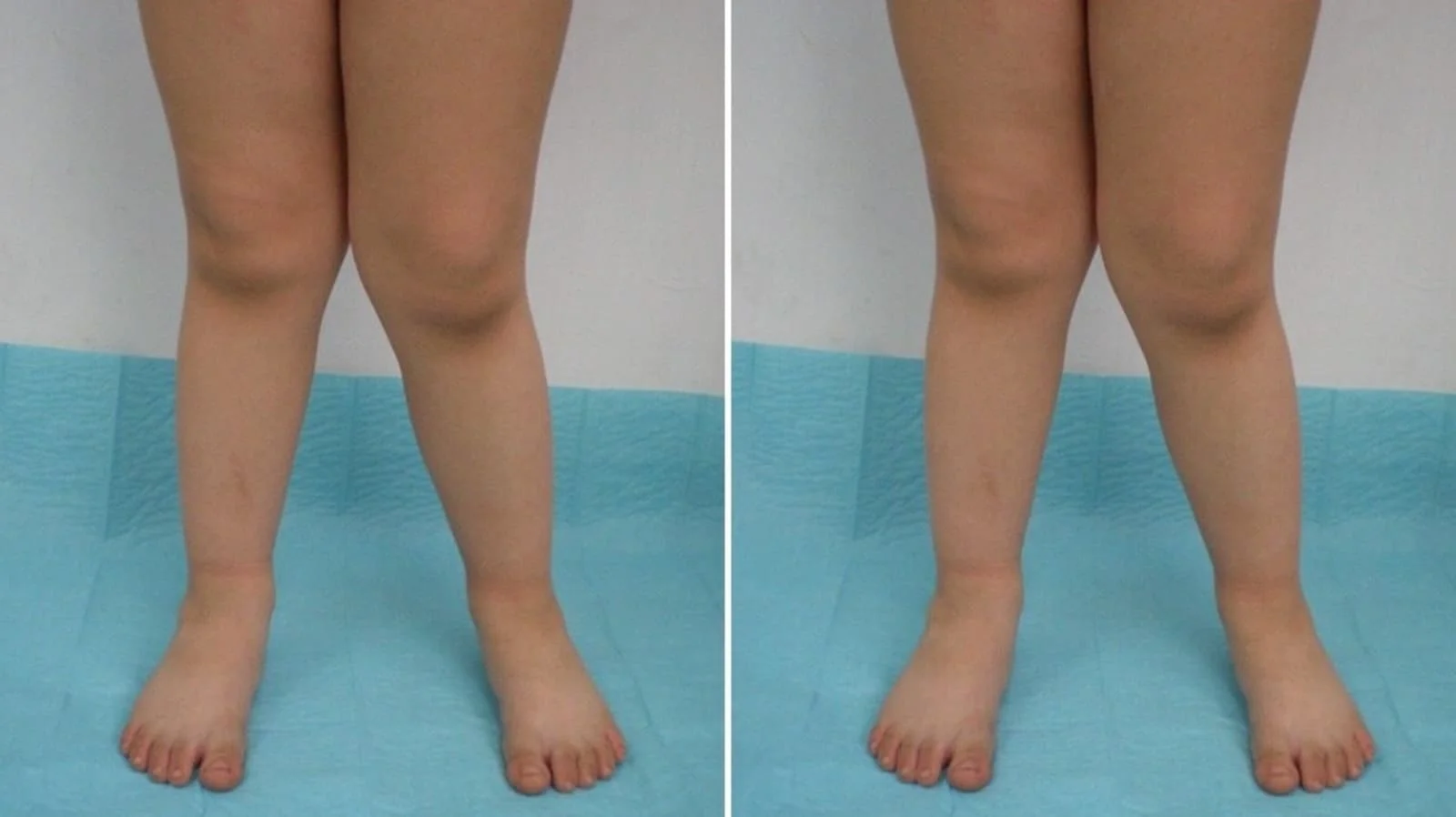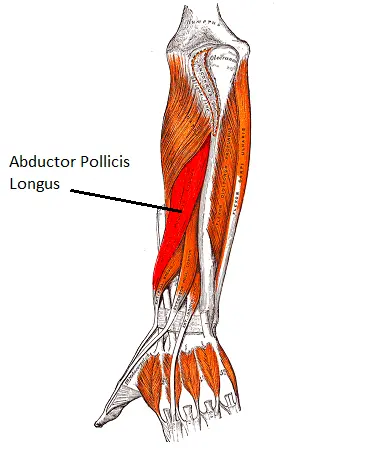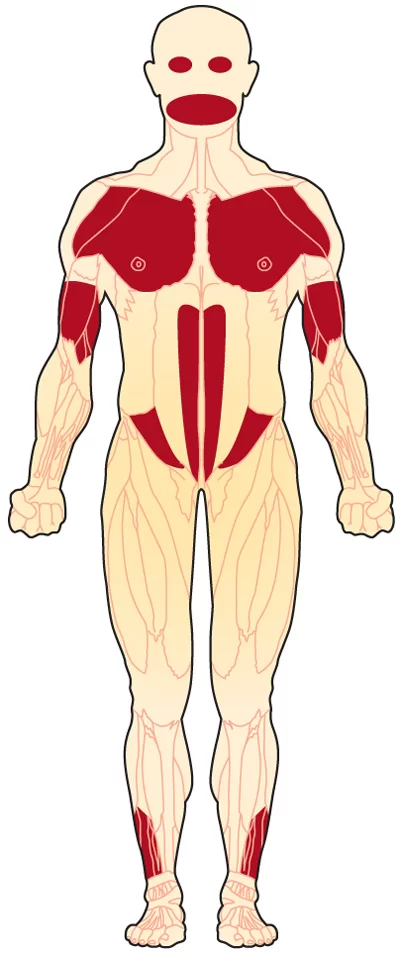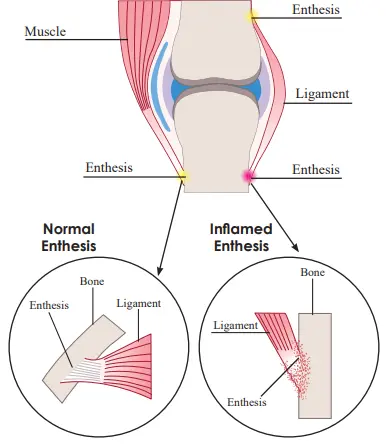Knock Knee (Genu Valgum)
What is a Knock Knee?
Knock knee, also known as genu valgum, is a condition where the knees angle inward and touch each other when the legs are straightened. This can cause the ankles to be spaced apart, resulting in an awkward gait or stance.
Knock knees can occur naturally in children as they grow and develop, but it usually corrects itself by the age of 8-10 years old. However, in some cases, it can persist into adulthood and may be caused by underlying medical conditions such as arthritis, rickets, or an injury to the growth plate of the knee.
Treatment for knock knees depends on the underlying cause and the severity of the condition. In mild cases, no treatment may be necessary, but in more severe cases, braces, physical therapy, or surgery may be recommended. It’s important to consult a healthcare professional for proper diagnosis and treatment options.
What are the causes of the Knock Knee?
Knock knees can be caused by a variety of factors, including:
- Natural development: In children, knock knees may be a natural part of the development and usually corrects itself as the child grows older.
- Genetics: Some people may have a genetic predisposition to knock knees, which means it runs in their family.
- Obesity: Being overweight can put extra pressure on the knees, causing them to angle inward.
- Injury: An injury to the knee or leg, such as a broken bone, can affect the growth plate of the knee, resulting in knocked knees.
- Medical conditions: Certain medical conditions, such as rickets, Blount’s disease, or arthritis, can affect the growth and development of the knee, leading to knock knees.
- Osteoporosis: In older adults, knock knees can be caused by osteoporosis, a condition in which the bones become weak and brittle.
It’s important to consult a healthcare professional for proper diagnosis and treatment options if you suspect you have knocked knees.
Symptoms of Knock Knee
The most obvious symptom of knock knees is an inward curvature of the legs, causing the knees to touch while the feet and ankles remain apart. Other symptoms of knock knees may include:
- Pain in the knees, especially after physical activity
- Difficulty walking or running
- A feeling of instability in the knees
- Poor posture, with the upper body leaning forward to compensate for the inward angle of the legs
- Difficulty fitting comfortably into chairs or standing with legs together
- Uneven wear and tear on shoes and clothing
It’s important to note that in children, knock knees may be a normal part of development and usually corrects itself as the child grows older. However, if you are experiencing any of these symptoms or if your knock knees are causing significant discomfort or interfering with your daily activities, it’s important to consult a healthcare professional for proper diagnosis and treatment options.
Diagnosis
To diagnose knock knees, a healthcare professional will perform a physical examination and may also order imaging tests to evaluate the severity of the condition. During the physical examination, the healthcare professional will observe the curvature of the legs while standing and walking, check for any pain or discomfort, and evaluate the range of motion in the knees and hips.
Imaging tests that may be ordered include X-rays, which can help determine the degree of curvature in the legs and whether there are any underlying bone or joint abnormalities. In some cases, an MRI or CT scan may also be ordered to evaluate the soft tissues and cartilage in the knee joint.
If an underlying medical condition is suspected to be causing the knock knees, additional tests may be ordered to evaluate for conditions such as arthritis, rickets, or Blount’s disease.
Once a diagnosis is made, the healthcare professional will develop a treatment plan based on the severity of the condition and any underlying medical issues. Treatment options may include braces, physical therapy, exercises to strengthen the muscles surrounding the knees, or in severe cases, surgery.
Treatment of Knock Knee
The treatment for knock knees depends on the underlying cause and the severity of the condition. Here are some common treatment options:
- Observation and monitoring: In some cases, knock knees may be a normal part of development and will correct itself as the child grows older. In such cases, observation and monitoring may be the only necessary course of action.
- Physical therapy: Physical therapy can help improve the strength and flexibility of the muscles surrounding the knee joint, which can help improve alignment and reduce pain.
- Bracing: Wearing a brace can help support the knee joint and improve alignment. In children, bracing may be used to help correct the condition as the child grows.
- Surgery: In severe cases, surgery may be necessary to correct the alignment of the knee joint. This may involve cutting and repositioning the bone or using pins or screws to hold the bones in place.
- Pain management: Over-the-counter pain relievers or anti-inflammatory medications may be recommended to help manage pain and discomfort.
It’s important to consult a healthcare professional for proper diagnosis and treatment options if you suspect you have knock knees. In addition, maintaining a healthy weight, participating in regular exercise, and avoiding activities that put excessive strain on the knees can help reduce the risk of developing knock knees.
Physiotherapy treatment
Physiotherapy can be an effective treatment option for knock knees. Here are some common physiotherapy techniques that may be used:
- Strengthening exercises: Strengthening exercises can help improve the strength of the muscles surrounding the knee joint, which can help improve alignment and reduce pain. Exercises may include squats, lunges, and leg presses.
- Stretching exercises: Stretching exercises can help improve the flexibility of the muscles surrounding the knee joint, which can help improve alignment and reduce pain. Exercises may include hamstring stretches, quad stretches, and calf stretches.
- Taping and bracing: Taping or bracing the knee joint can help support the joint and improve alignment.
- Gait training: Gait training involves learning proper walking and running techniques to help reduce stress on the knee joint and improve alignment.
- Manual therapy: Manual therapy techniques, such as massage or joint mobilization, can help reduce pain and improve joint mobility.
- Electrical stimulation: Electrical stimulation techniques, such as transcutaneous electrical nerve stimulation (TENS) or neuromuscular electrical stimulation (NMES), can help reduce pain and improve muscle strength and function.
A physiotherapist will work with the patient to develop a treatment plan tailored to their specific needs and goals. They may also provide education on proper posture, body mechanics, and exercises that can be done at home to help manage the condition.
Exercise for Knock Knee
Exercises can be helpful in improving the strength and flexibility of the muscles surrounding the knee joint, which can help improve alignment and reduce pain in knock knees. Here are some exercises that may be beneficial:
- Clamshells: Lie on your side with your legs bent at a 90-degree angle. Keeping your feet together, lift your top knee as high as you can without moving your pelvis. Lower back down and repeat for 10-15 reps on each side.
- Straight leg raises: Lie on your back with one leg bent and the other leg straight. Slowly lift the straight leg up to the height of the bent knee and hold for 5-10 seconds before lowering back down. Repeat for 10-15 reps on each side.
- Wall sits: Stand with your back against a wall and slide down until your knees are bent at a 90-degree angle. Hold this position for 30-60 seconds, then slowly stand back up. Repeat for 3-5 sets.
- Lunges: Stand with your feet hip-width apart and take a big step forward with one foot. Lower your body until both knees are bent at a 90-degree angle, then push back up to the starting position. Repeat for 10-15 reps on each side.
- Step-ups: Stand in front of a step or bench and step up with one foot, then step back down. Repeat for 10-15 reps on each side.
It’s important to consult with a healthcare professional or a physiotherapist before starting any exercise program for knock knees, as some exercises may not be appropriate for certain individuals or may need to be modified based on the severity of the condition.
How to Prevent Knock Knee?
It may not always be possible to prevent knock knees, especially if the condition is caused by an underlying medical condition or genetic factors. However, there are some things you can do to help reduce the risk of developing knock knees or worsening the condition:
- Maintain a healthy weight: Excess weight can put extra stress on the knees, which can worsen the condition. Maintaining a healthy weight can help reduce this stress.
- Engage in regular exercise: Regular exercise can help improve the strength and flexibility of the muscles surrounding the knee joint, which can help improve alignment and reduce the risk of developing knock knees.
- Use proper form during exercise: When participating in sports or exercise, use proper form and technique to avoid putting excessive stress on the knees.
- Wear appropriate footwear: Wearing appropriate footwear can help support the feet and ankles, which can help reduce stress on the knees.
- Practice good posture: Maintaining good posture can help reduce stress on the knees and improve alignment.
- Seek treatment for underlying medical conditions: If knock knees are caused by an underlying medical condition, seeking treatment for that condition can help reduce the risk of developing knock knees or worsening the condition.
It’s important to consult a healthcare professional if you suspect you have knock knees or if you have any concerns about the alignment of your knees. They can help provide a proper diagnosis and recommend appropriate treatment options.
Conclusion
Knock knee is a condition where the knees angle inward, causing the lower legs to appear bowed. It can be caused by a variety of factors, including genetic factors, underlying medical conditions, and injury. Symptoms may include knee pain, difficulty walking or running, and instability.
Treatment options for knock knees may include physiotherapy, bracing, medication, or surgery, depending on the severity of the condition. Physiotherapy can be an effective treatment option and may include exercises to improve strength and flexibility, as well as techniques like taping, bracing, gait training, manual therapy, and electrical stimulation.
Prevention of knock knee may include maintaining a healthy weight, engaging in regular exercise with proper form, wearing appropriate footwear, practicing good posture, and seeking treatment for underlying medical conditions. It’s important to consult a healthcare professional if you suspect you have knock knees or if you have any concerns about the alignment of your knees.







3 Comments